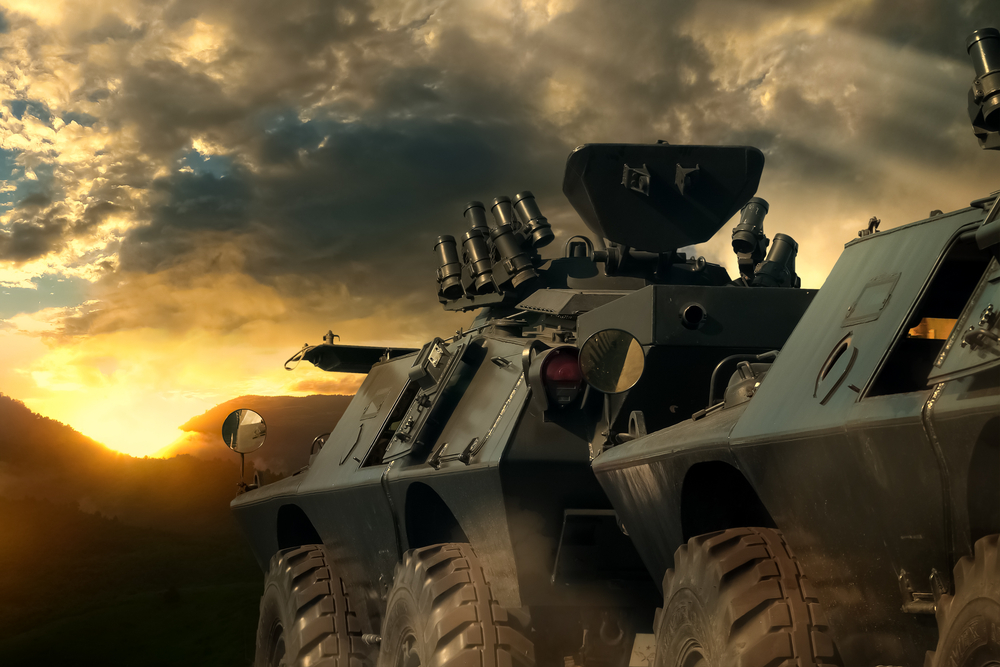
The United States Army recently announced they have identified a power issue that is associated with new communications and network tools as well as Stryker combat vehicles. They discovered the issue in the middle of a live-fire exercise at a site in Europe.
Soldiers with the 3rd Squadron, 2nd Cavalry Regiment had been assigned to test the new Capability Set ’23 equipment, over the past weeks at Germany’s Grafenwohr Training Area. Army officials from the network modernization office as well as the test-and-evaluation command were in attendance to observe.
Capability Set ’23 is designed to uniquely serve Stryker brigades, building on the progress of its predecessor. The newest capabilities, then, include multiple input and output radios for rapid exchange with command posts, as well as improved GPS routing and cellular hotspots for vehicles.
Primarily, the task force identified one power-related issue during the exercise. Actually, the issue they found was that they didn’t have enough power at all. Essentially, the event resulted in power constraints that restricted what the Strkyers were able to accomplish out in the field. Of course, this led to more questions regarding whether the issues were related to the newly-fitted kit or the integrated tactical network, or if the Stryker variant, alone, caused the root of the problem.
Capability set development product manager, Lt. Col. Jonathan Judy, explains,
“The unit was saying they were having some issues with not being able to do silent watch for an extended duration where, basically, the Strykers shut off and run on batteries while they’re doing night operations.”
On a recent conference call with reporters, he adds, “They were having some difficulties there. That’s one off the things we took back.”
At the same time, officials insisted the matter is already under investigation, with the definite goal of eventual remediation. Furthermore, they note, it is certainly possible that a solution could already exist, particularly among newer versions of the same combat vehicle.
